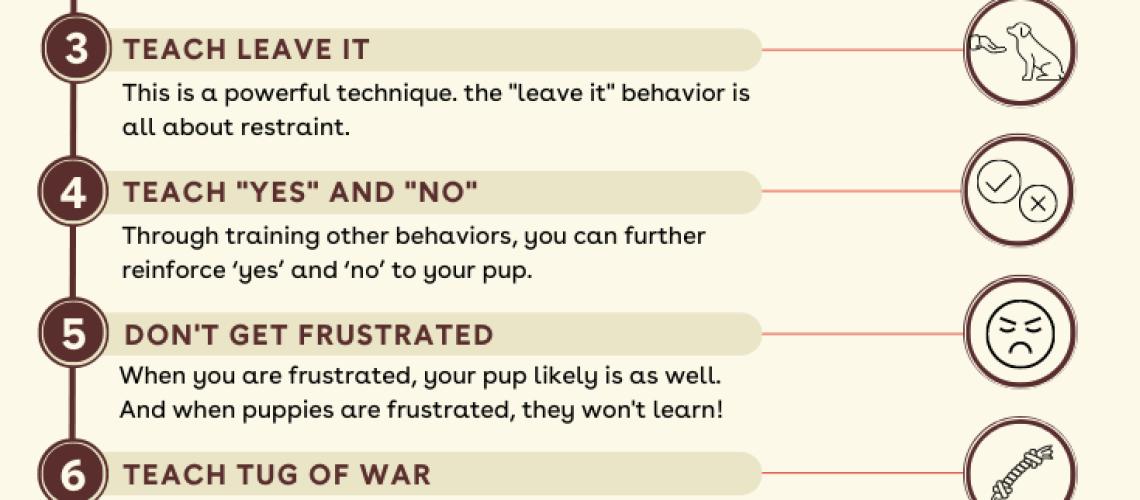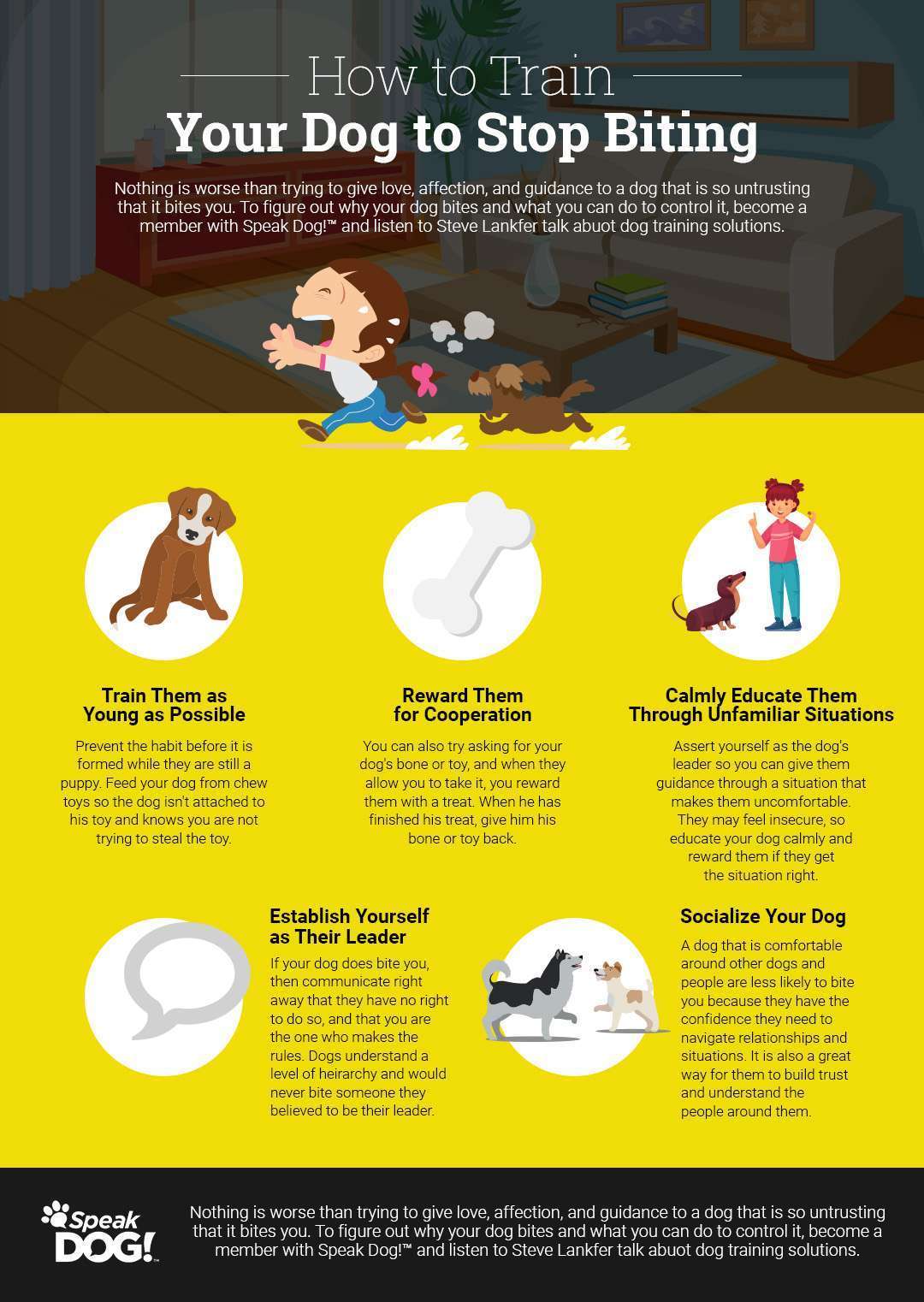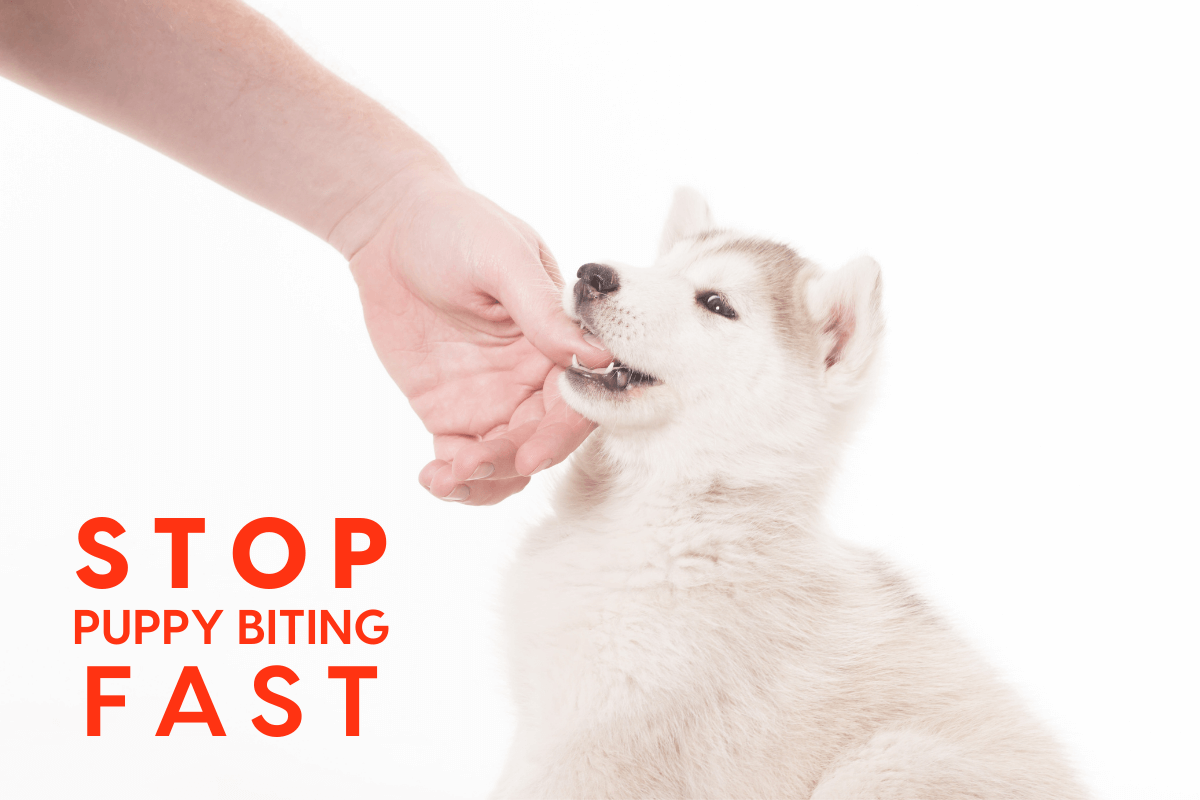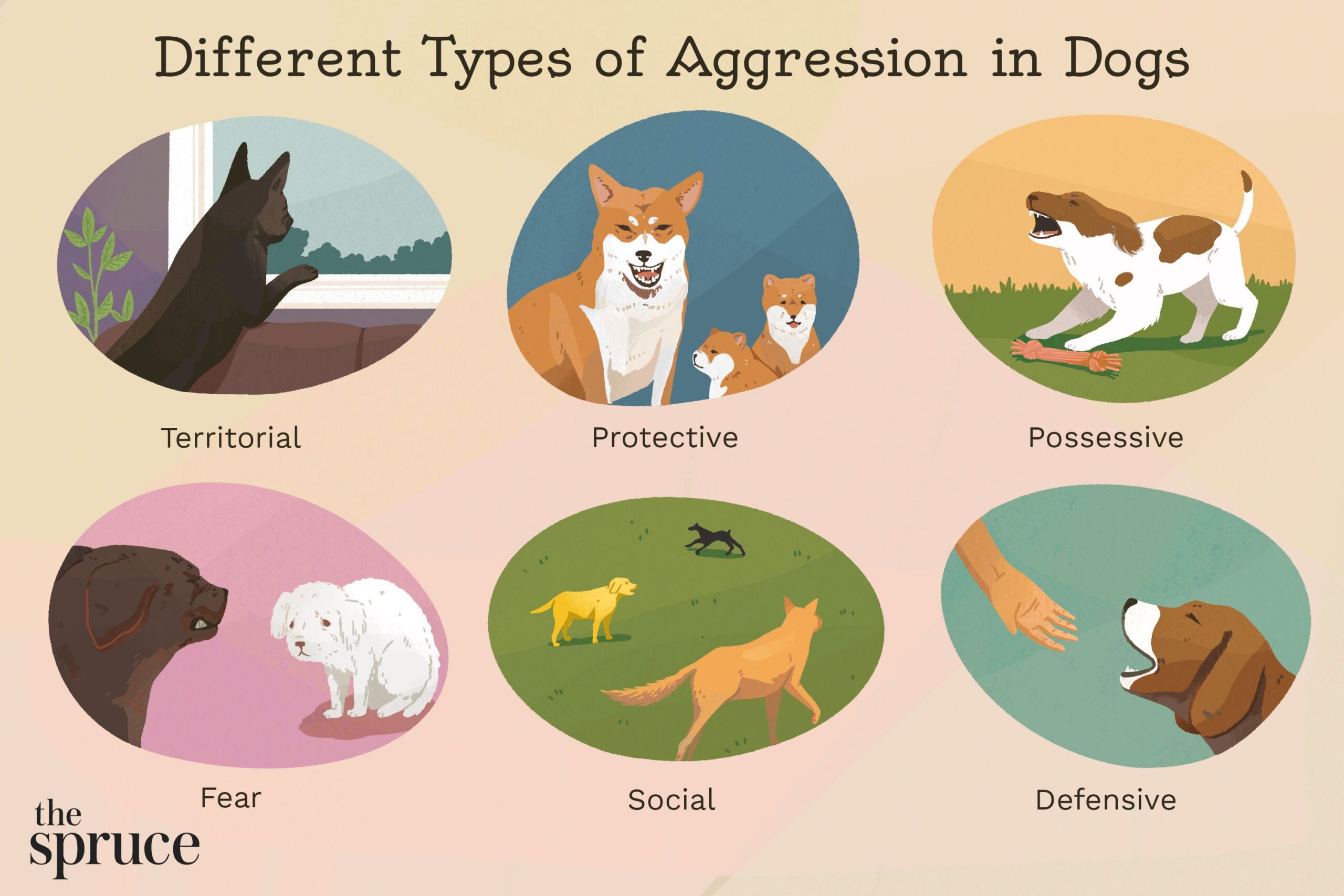Key Takeaways:
- Consistency is key - Establish clear rules and boundaries for your dog and consistently reinforce them to prevent biting behavior.
- Positive reinforcement - Use rewards and praise to encourage good behavior, such as sitting or staying calm, instead of resorting to punishment.
- Socialization is crucial - Expose your dog to different people, animals, and environments from an early age to help them become comfortable and less likely to bite out of fear or aggression.
- Teach bite inhibition - Encourage gentle play and discourage rough biting during puppyhood so they learn to control their bite strength.
- Seek professional help if needed - If your dog's biting behavior persists or escalates despite your efforts, consult a professional dog trainer or behaviorist for guidance and assistance.
Are you tired of your furry friend sinking their teeth into everything they see? Do you worry about the safety of your family, friends, and even strangers when your dog is around? Well, fret no more! In this guide, we will uncover the secrets to training your dog not to bite. By understanding this essential topic, you can create a safe and harmonious environment for everyone involved. Did you know that nearly 4.5 million people in the United States suffer from dog bites each year? With our simple yet effective techniques, you can ensure that your beloved pet becomes a well-behaved companion. So let's dive in and discover the keys to teaching your dog proper manners and preventing those painful nips.
Why is it important to train your dog not to bite?
Training your dog not to bite is crucial for the safety of both the dog and those around it. Dogs have powerful jaws and can cause serious injury if they bite. By teaching your dog not to bite, you are ensuring that it can interact safely with people and other animals.
Biting is a natural behavior for dogs, but it is important to teach them appropriate ways to express themselves. A well-trained dog will understand that biting is not acceptable and will use other methods, such as barking or wagging its tail, to communicate.
Preventing injuries
One of the main reasons why it's important to train your dog not to bite is to prevent injuries. A dog's bite can be painful and even dangerous, especially if the person being bitten is a child or an elderly person. By teaching your dog not to bite, you are reducing the risk of accidents and creating a safer environment for everyone.
Maintaining a positive relationship
A biting dog can strain relationships between family members or friends. It may cause fear or anxiety in those who come into contact with the dog, leading to tension and discomfort. By training your dog not to bite, you are fostering a positive relationship based on trust and respect.
Common reasons why dogs may bite
Dogs may bite for various reasons, and understanding these reasons can help in preventing biting incidents:
- Pain or illness: If a dog is in pain or feeling unwell, it may resort to biting as a way of protecting itself.
- Fear or anxiety: Dogs that feel threatened or scared may lash out by biting as a defense mechanism.
- Protecting resources: Some dogs may bite if they feel their food, toys, or territory is being threatened.
- Lack of socialization: Dogs that have not been properly socialized may be more prone to biting out of fear or uncertainty in new situations.
- Maternal instincts: Female dogs with puppies may bite if they perceive a threat to their offspring.
How to build trust and a positive relationship with your dog
Building trust and a positive relationship with your dog is essential for preventing biting and creating a strong bond:
- Spend quality time together: Regularly engage in activities that both you and your dog enjoy, such as playing fetch or going for walks. This will help strengthen the bond between you.
- Use positive reinforcement: Reward your dog with treats, praise, and affection when it behaves well. This will encourage good behavior and reinforce trust.
- Be patient and understanding: Understand that training takes time and consistency. Avoid punishment-based methods, as they can damage the trust between you and your dog.
- Provide proper care: Ensure that your dog's physical needs are met by providing nutritious food, regular exercise, and regular veterinary check-ups. A healthy and happy dog is more likely to behave well.
Basic commands to teach your dog to prevent biting
Teaching basic commands can help prevent biting incidents by giving you control over your dog's behavior:
- Sit: Teach your dog to sit on command. This command helps redirect its attention away from potential triggers for aggression or biting.
- Stay: Train your dog to stay in one place until given permission to move. This command can be useful in situations where your dog may feel anxious or threatened.
- Leave it: Teach your dog to leave objects or food alone when instructed. This command can prevent resource guarding and potential biting incidents.
- Drop it: Train your dog to release objects from its mouth on command. This command is important for preventing biting during play or when your dog has picked up something potentially dangerous.
Effective strategies for correcting biting behavior in dogs
If your dog already displays biting behavior, there are strategies you can use to correct it:
- Redirect the behavior: When you see your dog displaying signs of aggression or about to bite, redirect its attention to a more appropriate behavior, such as sitting or playing with a toy.
- Use positive reinforcement: Reward your dog when it displays good behavior and refrains from biting. This will reinforce the desired behavior and discourage biting.
- Seek professional help: If the biting behavior persists or becomes problematic, consider consulting a professional trainer or animal behaviorist who can provide specialized guidance and support.
The importance of consistency and patience in training a dog not to bite
Consistency and patience are key when training a dog not to bite:
To effectively train your dog, you must be consistent in enforcing rules and boundaries. Use the same commands and techniques consistently so that your dog understands what is expected of it. Inconsistency can confuse the dog and hinder progress in preventing biting behaviors.
Patience is also crucial because training takes time. Dogs learn at different paces, so it's important not to get frustrated if progress is slow. Stay calm, positive, and patient throughout the training process, rewarding small successes along the way.
The benefits of professional trainers or obedience classes in preventing biting
Professional trainers or obedience classes can be highly beneficial in preventing biting and ensuring effective training:
Professional trainers have expertise in dog behavior and training techniques. They can assess your dog's specific needs and provide personalized guidance to address any biting issues. They can also teach you proper handling techniques and help you understand your dog's body language, which is essential for preventing bites.
Obedience classes provide a structured environment for both you and your dog to learn together. These classes focus on teaching basic commands, socialization, and appropriate behavior. The controlled setting allows for supervised interactions with other dogs, helping to reduce fear or aggression that may lead to biting.
In conclusion, training your dog not to bite is essential for their safety and the well-being of others. By using positive reinforcement, consistent training, and seeking professional help if needed, you can teach your furry friend to be gentle and friendly towards everyone they meet.
How do you discipline a dog to stop biting?
Rather than using time-outs as a punishment for your dog's biting, begin giving him time-outs whenever you sense his teeth make contact with your skin. As soon as you feel your dog's teeth touch you, make a high-pitched yelp. Then, promptly distance yourself from him and ignore him for a period of 30 to 60 seconds.
Can a dog ever be trained not to bite?
Through obedience training, you can use simple commands to keep your dog's attention on you in uncomfortable situations. When you can regulate your dog's actions, the likelihood of it biting decreases. Furthermore, training offers a sense of order for your dog and enhances its self-assurance.
Where do you pinch a dog to stop biting?
On the other hand, for the Jaw Pinch method, you apply pressure with your thumb on the top of their tongue and squeeze against your forefinger on the underside of the jaw until they retreat. This action should be repeated whenever they attempt to bite you, accompanied by a strong verbal command of "no."
Can you trust a dog after it bites?
Is it possible to regain trust in a dog that has bitten someone? With proper patience and care, many dogs can learn how to better handle their stress. By improving communication with your dog, you can slowly rebuild trust with them.
What causes a dog to bite?
In a situation where a dog is feeling stressed, it may resort to biting in order to protect itself or its territory. Dogs can bite out of fear or if they have been startled. They may also bite if they feel threatened or need to protect something important to them, such as their puppies, food, or a toy.
What is a Level 2 dog bite?
Level 2 dog bites occur when the dog's teeth come into contact with the skin, potentially leaving a visible mark but not breaking the skin.

















